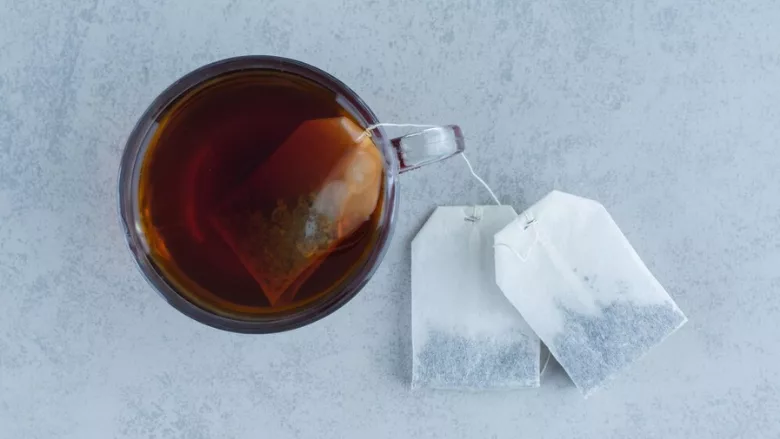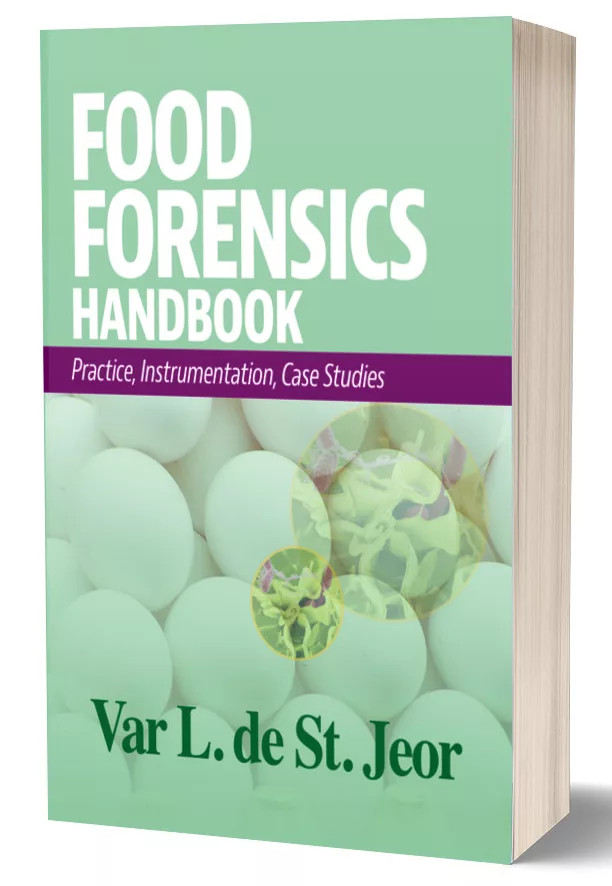Study Shows Tea Bags Release Millions of Microplastics When Brewed

Image credit: azerbaijan_stockers via Freepik
A study by researchers at the Autonomous University of Barcelona (UAB) has demonstrated that millions of nano- and microplastics are released by commercial tea bags when brewed. They also found the ability of these particles to be absorbed by human intestinal cells and spread throughout the body via the bloodstream.
For the study, scientists used tea bags made from polymers nylon-6, polypropylene, and cellulose. Upon steeping, the polypropylene, cellulose, and nylon-6 bags released approximately 1.2 billion particles per milliliter (mm), with an average size of 136.7 nanometers (nm); 135 particles/ml with an average size of 244 nm; and 8.18 million particles/ml with an average size of 138.4 nm, respectively.
The researchers characterized the particles present in the brewed tea using advanced analytical methods like scanning electron microscopy (SEM), transmission electron microscopy (TEM), infrared spectroscopy (ATR-FTIR), dynamic light scattering (DLS), laser Doppler velocimetry (LDV), and nanoparticle tracking analysis (NTA).
Next, to evaluate their interaction and absorption, the particles were stained and exposed to different types of human intestinal cells. The experiment showed that mucus-producing intestinal cells internalized the greatest amount of nano- and microplastics, with the particles entering the cell nucleus, suggesting an important role of intestinal mucus in the uptake of plastic pollutants.
The researchers emphasize the importance of further studies to better understand the health effects of chronic exposure to these plastic particles, and to address the issue of plastic pollutants released by food contact materials by developing standardized testing methods and appropriate regulatory policies.
The study was conducted under the EU-funded PlasticHeal project. It was led by scientists with the UAB Department of Genetics and Microbiology’s Mutagenisis Group, in collaboration with researchers from the Helmholtz Center for Environmental Research in Leipzig, Germany.
Looking for quick answers on food safety topics?
Try Ask FSM, our new smart AI search tool.
Ask FSM →









